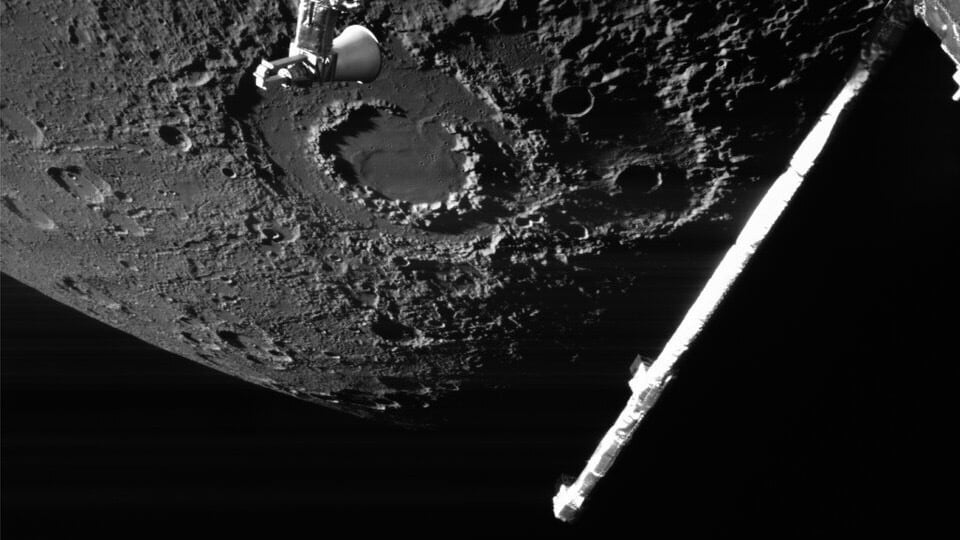
A robotic orbiter just took its first closeup pictures of Mercury’s poles, passing about 100 miles above the planet in space as the probe harnessed the small world’s gravity.
Mercury, the closest planet to the sun, is perhaps the most overlooked of the rocky worlds in the solar system. Hot and harder to reach than Saturn, it hasn’t enjoyed the level of study that other worlds have, but a joint mission of NASA‘s European and Japanese counterparts seeks to change that.
The BepiColombo mission just completed its fourth of six planned flybys on Sept. 4 before ultimately entering orbit around the planet to begin its science mission in late 2026. All three of the spacecraft’s monitoring cameras were switched on for the close approach, beaming back tantalizing new images.
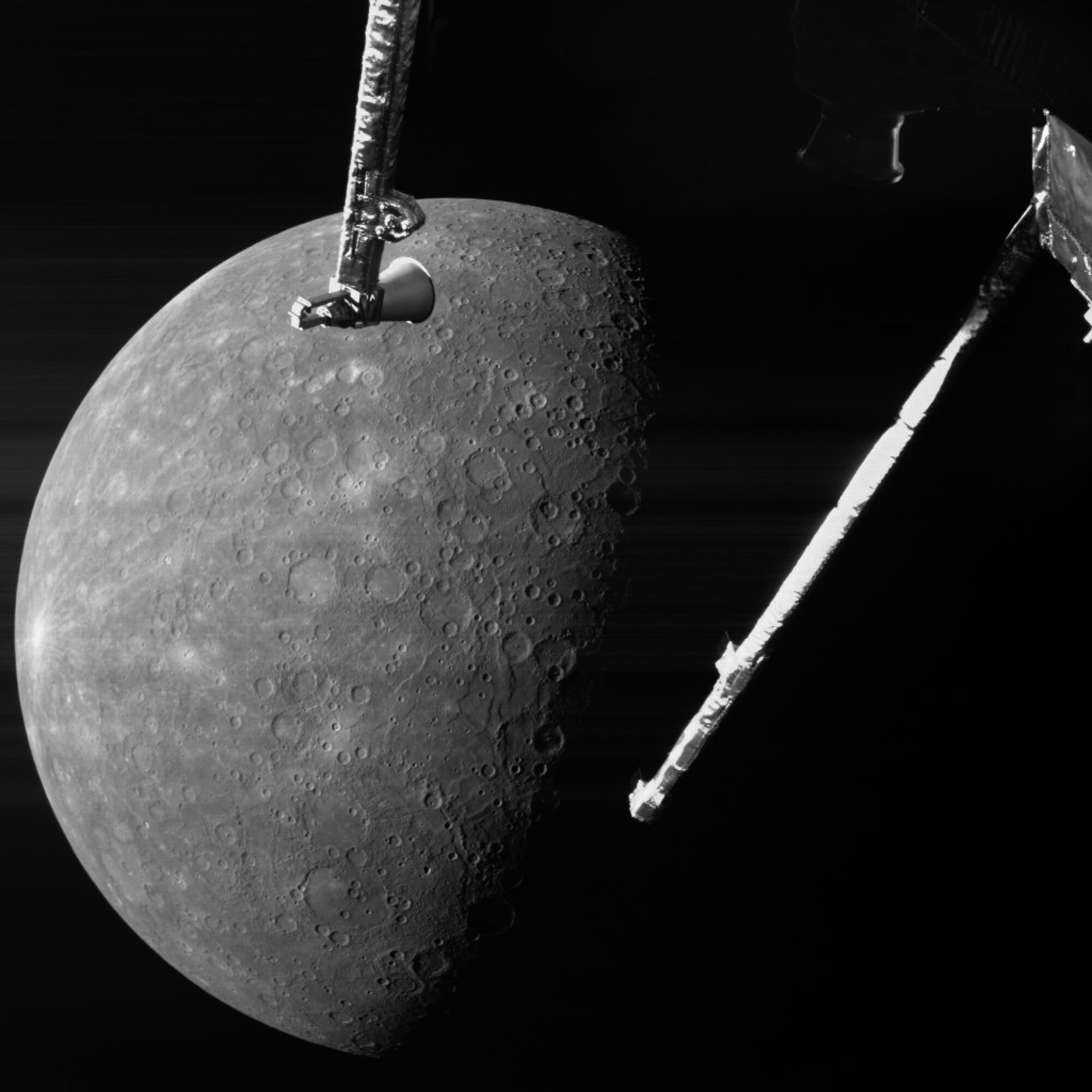
Credit: ESA / JAXA / BepiColombo / MTM
The altitude of the flyby was actually lower than originally planned — a late change to the spacecraft’s trajectory to compensate for earlier difficulties. During a maneuver on April 26, the electric propulsion module, which runs on solar energy, didn’t provide enough power to the thrusters, according to the European Space Agency. About 11 days later, engineers had restored the spacecraft’s thrust almost to its previous level, but still at 10 percent lower performance.
“A team of experts is restlessly working on understanding the root cause of the problem and further impact on the remainder of the trajectory,” Camille Bello, a spokesperson for ESA, told Mashable then.
Mission controllers said a new revised trajectory — and closer flyby — will allow BepiColombo to reach Mercury with the lower level of power. But the tradeoff means the spacecraft won’t enter orbit around Mercury and begin its science observations until November 2026, one year later than expected.

Credit: ESA graphic
BepiColombo approached Mercury from the side facing away from the sun, with Mercury’s cratered surface becoming increasingly brighter as the spacecraft sped past.
The mission’s many years of complex flybys are necessary because of just how difficult it is to get to Mercury. To enter orbit around the planet, the spacecraft needs to be flying slow enough to be reeled in by Mercury’s gravity. Too fast and it will skip right past it. The trouble is, as the spacecraft gets closer to the sun, it picks up speed like a bicycle going downhill.
Putting the brakes on in the vacuum of space is no easy feat. The careful choreography of swinging around planets is a way for the spacecraft to burn off energy without carrying the excessive amounts of propellant required in order to slow down the vehicle. Too much fuel would render the spacecraft too heavy to rocket off Earth in the first place.
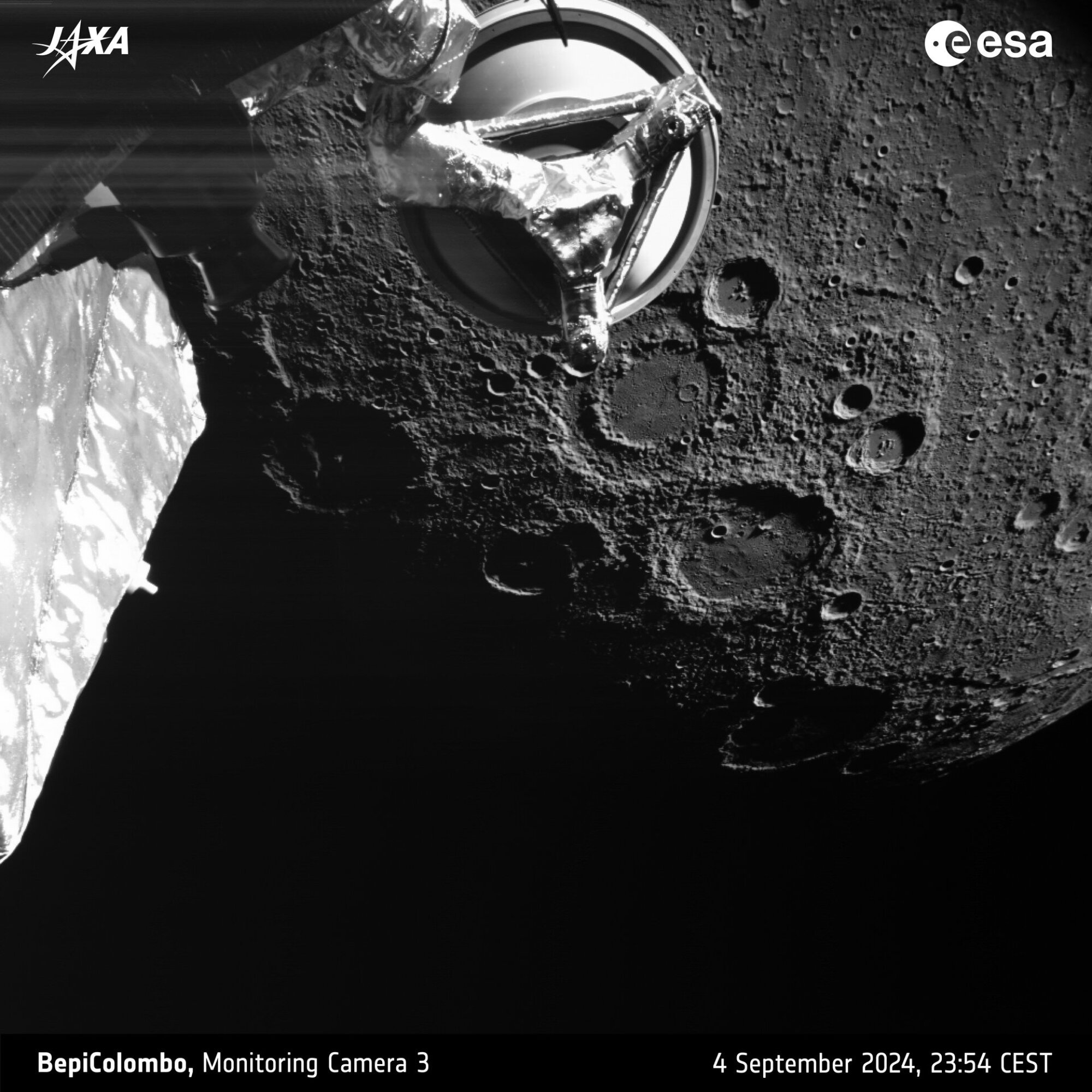
Credit: ESA / JAXA / BepiColombo / MTM
Launched in October 2018, BepiColombo set out to study Mercury’s magnetic field, polar craters filled with ice, and the enigmatic “hollows” on the surface. The planet’s crust is covered in ancient lava flows, pitted by space rocks over the past 4 billion years or so.
During BepiColombo’s fourth flyby, the spacecraft got detailed views of so-called peak ring basins, craters with inner rings of peaks on an otherwise flat bottom. An example of this is seen in the Vivaldi crater, pictured at the top of this story, where there is a visible gap in the ring of peaks. Mission scientists say the gap is the result of volcanic lava later flooding into the crater and resurfacing it.
“Mercury’s peak ring basins are fascinating because many aspects of how they formed are currently still a mystery,” said David Rothery, a professor of planetary geosciences at Open University in the United Kingdom, in a statement. “The rings of peaks are presumed to have resulted from some kind of rebound process during the impact, but the depths from which they were uplifted are still unclear.”
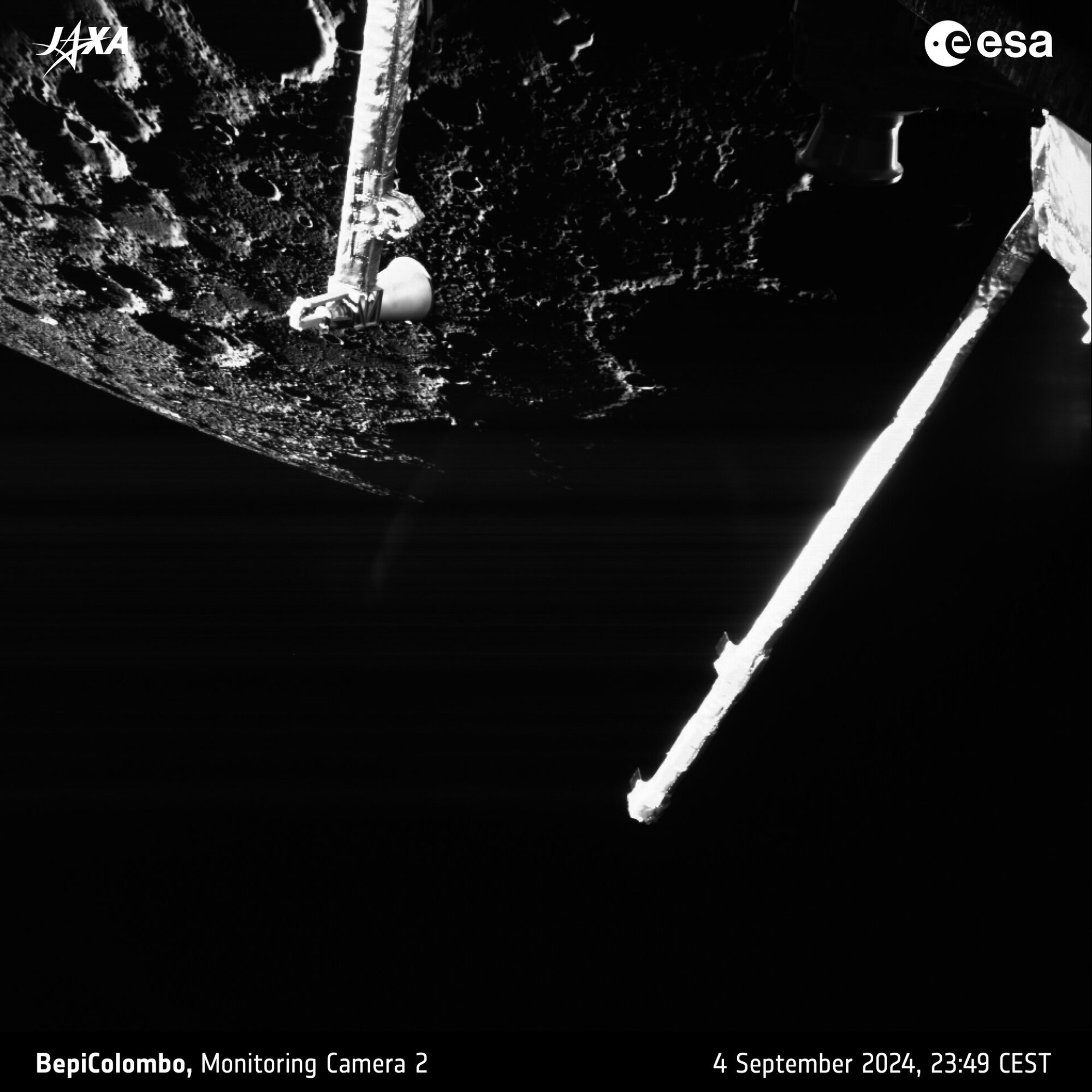
Credit: ESA / JAXA / BepiColombo / MTM
Scientists believe that by broadening their knowledge of Mercury’s composition, atmosphere, and magnetism, they can better understand how Earth-like terrestrial worlds came to be.
Only two previous spacecraft, both NASA missions, have flown to the Swift Planet, nicknamed as such for being the fastest world in the solar system. It travels about 29 miles per second.
Mission controllers are proceeding with the remaining two flybys, one in December and another in January 2025.













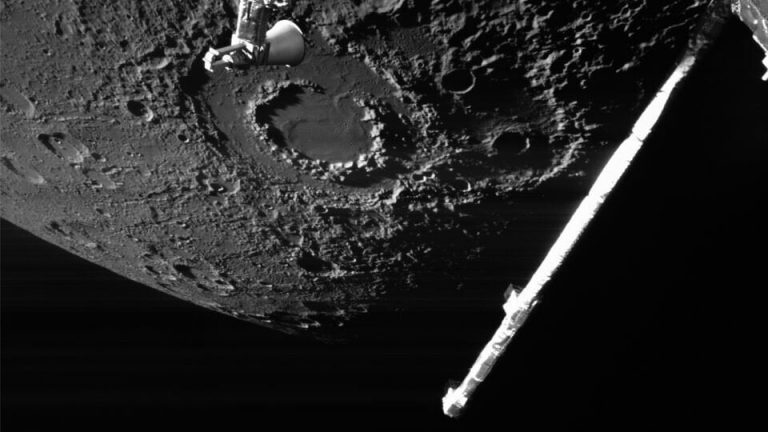

0 Comments